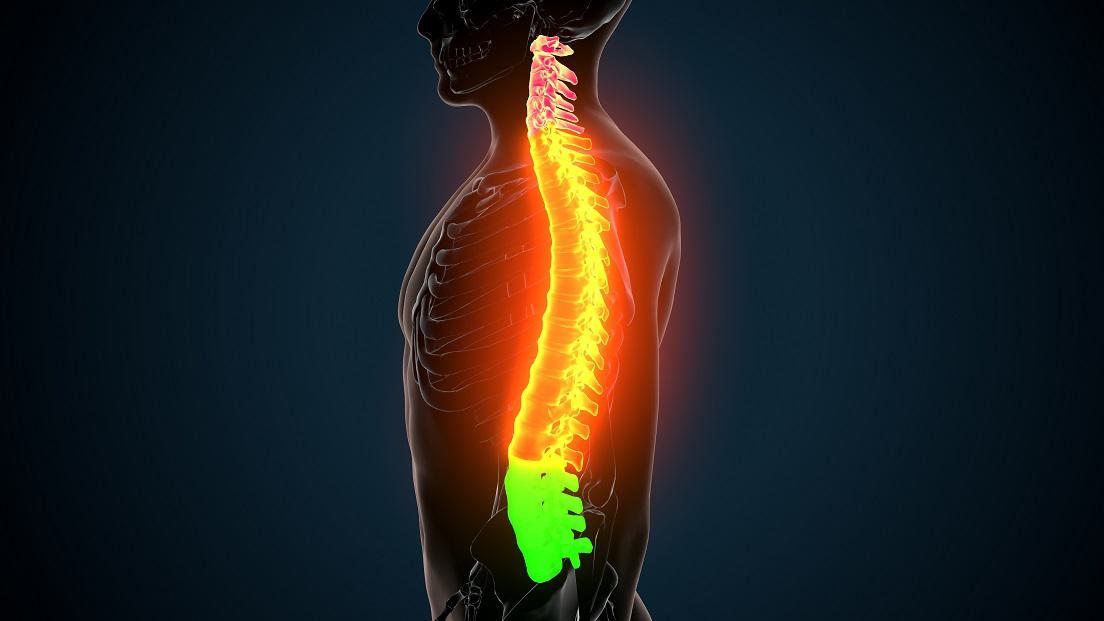Breakthrough Therapies for Spinal Cord Injury

Northwestern University researchers are on the cusp of a breakthrough in regenerative medicine, according to Northwestern Magazine. Samuel Stupp, Guillermo Ameer, and John Kessler are pioneering new therapies that give hope to those with debilitating spinal cord injuries.
Nearly 300,000 people are currently living with a spinal injury in America, and less than 3% of those with complete injuries will recover basic physical functions. That’s due in part to the fact that the central nervous system does not regenerate on its own. There are complicated networks that regulate healing and regrowth.
Stupp and Kessler are collaborating on a promising treatment that some say could reverse paralysis. The therapy is an injection of bioactive material that communicates with damaged cells, prompting them to regenerate. A video posted online shows the results of the therapy used on a mouse. Prior to the injection, the mouse dragged its back legs, but afterward was able to crawl almost normally. It was the culmination of more than two decades of work.
The therapy is now headed for FDA review and approval, and ultimately clinical trials. Stupp, Kessler and the research team are hoping to get “breakthrough status,” which would accelerate the approval process. Letters have been pouring in from interested patients who are desperate for this kind of therapy. It could have a huge impact, noted Stupp.
As a pioneer in regenerative engineering, Guillermo Ameer is working on other options. He has developed a new class of biomaterials that can help regrow tissue and organs. He has used this to repair defects in the skull and regenerate bladder tissue. He also has developed a hydrogel dressing that helps to heal diabetic wounds.
John Kessler is focusing on regenerating damaged nervous systems, a task which became highly personal in 2001 when his own daughter was paralyzed by a skiing accident. He’s studying growth factors, naturally occurring molecules which stimulate cellular processes. His DNA therapy is currently in phase 3 clinical trials for diabetic neuropathy.
While a spinal cord injury often can’t be reversed, compensation for an accident that caused it may be the very thing that makes the difference between a life of hardship and one of physical and emotional support. Tom Duffy has been on the board of Magee Rehabilitation Foundation for over 20 years. He is keenly aware of developments in spinal cord care and has obtained 8-figure verdicts for people who have suffered spinal cord injuries in Philadelphia.
Please contact us if you would like to discuss the details of your case.

